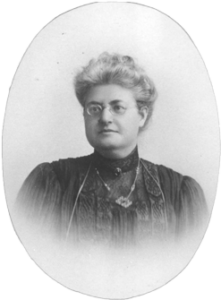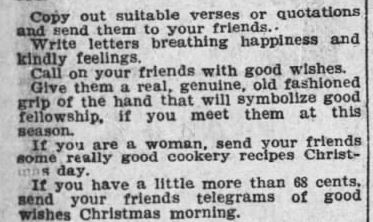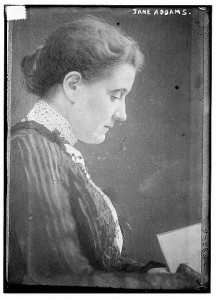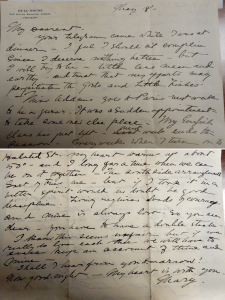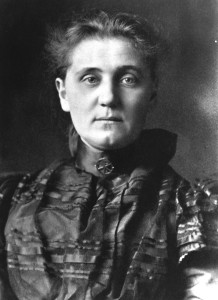The influence Jane Addams had on society is no secret; we still talk about her beliefs, achievements and historical footprint today. Jane Addams has done so much in her life that Dr. James Marquardt, Associate Professor of Politics and the Chair of International Relations Program at Lake Forest College, and his students have created an online timeline of her achievements. The timeline is called Jane Addams- Peace, War and World Order: A Web-based timeline.
The abstract of the timeline acknowledges her strides to improve the lives and living conditions for immigrants and the poor, but this timeline focuses more on her “peace advocacy,” during World War I. After looking over numerous primary and secondary sources Dr. Marquardt and his students have completed their timeline, successfully illustrating Jane Addams’ pacifist beliefs and opposition to international armament and war.
“I started digging into her primary writings on the war,” said Dr. Marquardt, “and I decided that I wanted to do this a little more elaborately so I offered a course called Jane Addams Peace Advocate. It mostly focused on her international peace advocacy before, during and after the war.”
After Lake Forest College received a grant for the school to develop digital pages and Chicago-related events, phenomena and historical developments in the humanities and social sciences, Dr. Marquardt then applied for a grant to build a page dedicated to Jane Addams peace advocacy and her historical significance, which he received and then began hiring students. Together they began studying, analyzing and building the Jane Addams – Peace, War and World Order timeline.
The timeline focuses mostly on Addams’ involvement in WWI and her opposition of the war, but Dr. Marquardt plans to continue to study Addams with the hopes of continuing to expand the timeline from her involvement in the Peace Movement with it ending when Addams received the Nobel Peace Prize. He plans on taking all of his knowledge about Addams and writing a book entitled “Jane Addams: The Great War and Her Quest to Transform National Relations.”
He’s not the only one who feels passionate about Addams; Dr. Marquardt explained that his students are very passionate about her as well. “They’re really into [the project]. Addams is such an inspirational figure that they’re a little too generous towards her, in terms of their writing and their public presentations that they’ve made about her.”
Since the timeline highlights Jane Addams’ peace advocacy I had to ask Dr. Marquardt to define peace advocacy in his own words.
“I would define it as actions, writings, ideas related to efforts to end war. That’s my thinking about it, but my students have a much more generous viewing of peace advocacy, they see peace as not simply something we ought to strive for in our international relations in our social relations generally.”
Dr. Marquardt has learned a lot from his students during this process. “Their understanding was that advocating for peace is not simply a global issue but an issue of interpersonal relations. It’s about the end of violence along racial lines, it’s about the end of violence against women, violence against children, hunger, deprivation, unemployment.” They share the same vision and beliefs that Jane Addams did and they carry on Addams’ beliefs and visions for a brighter future for everyone.
The website went live last week and for those interested in viewing Dr. Marquardt and his students work the link is here: http://digitalchicago.lakeforest.edu/exhibits/show/jane-addams/our-purpose.


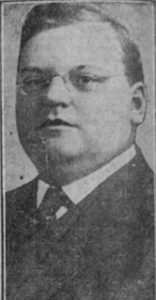
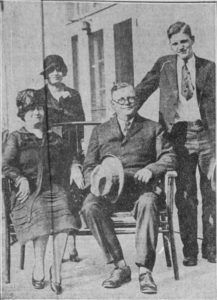
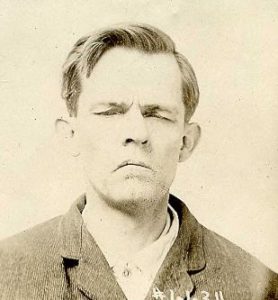



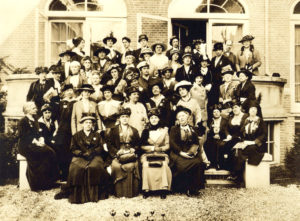

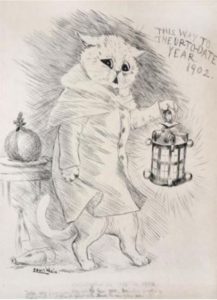 According to Jane Addams in Twenty Years at Hull-House, the first old settlers to attend the first few Old Settlers’ Parties did not favor “foreigners,” blaming immigrants “for a depreciation of property and a general lowering of the tone of the neighborhood.” However, these views would slowly disappear as the night of celebration went on; Addams recalled one guest realizing that the immigrants were “buffeting the waves of a new development,” and that old settlers had also once felt this way, they themselves having been new settlers once. This New Year’s celebration at Hull-House was a way of bringing people together and bridging differences, and celebrating the old and the new, all while saying goodbye to the old year and welcoming the new one. The Old Settlers’ Party, much like any New Year’s party, would always end with everyone singing “Auld Lang Syne.”
According to Jane Addams in Twenty Years at Hull-House, the first old settlers to attend the first few Old Settlers’ Parties did not favor “foreigners,” blaming immigrants “for a depreciation of property and a general lowering of the tone of the neighborhood.” However, these views would slowly disappear as the night of celebration went on; Addams recalled one guest realizing that the immigrants were “buffeting the waves of a new development,” and that old settlers had also once felt this way, they themselves having been new settlers once. This New Year’s celebration at Hull-House was a way of bringing people together and bridging differences, and celebrating the old and the new, all while saying goodbye to the old year and welcoming the new one. The Old Settlers’ Party, much like any New Year’s party, would always end with everyone singing “Auld Lang Syne.”
